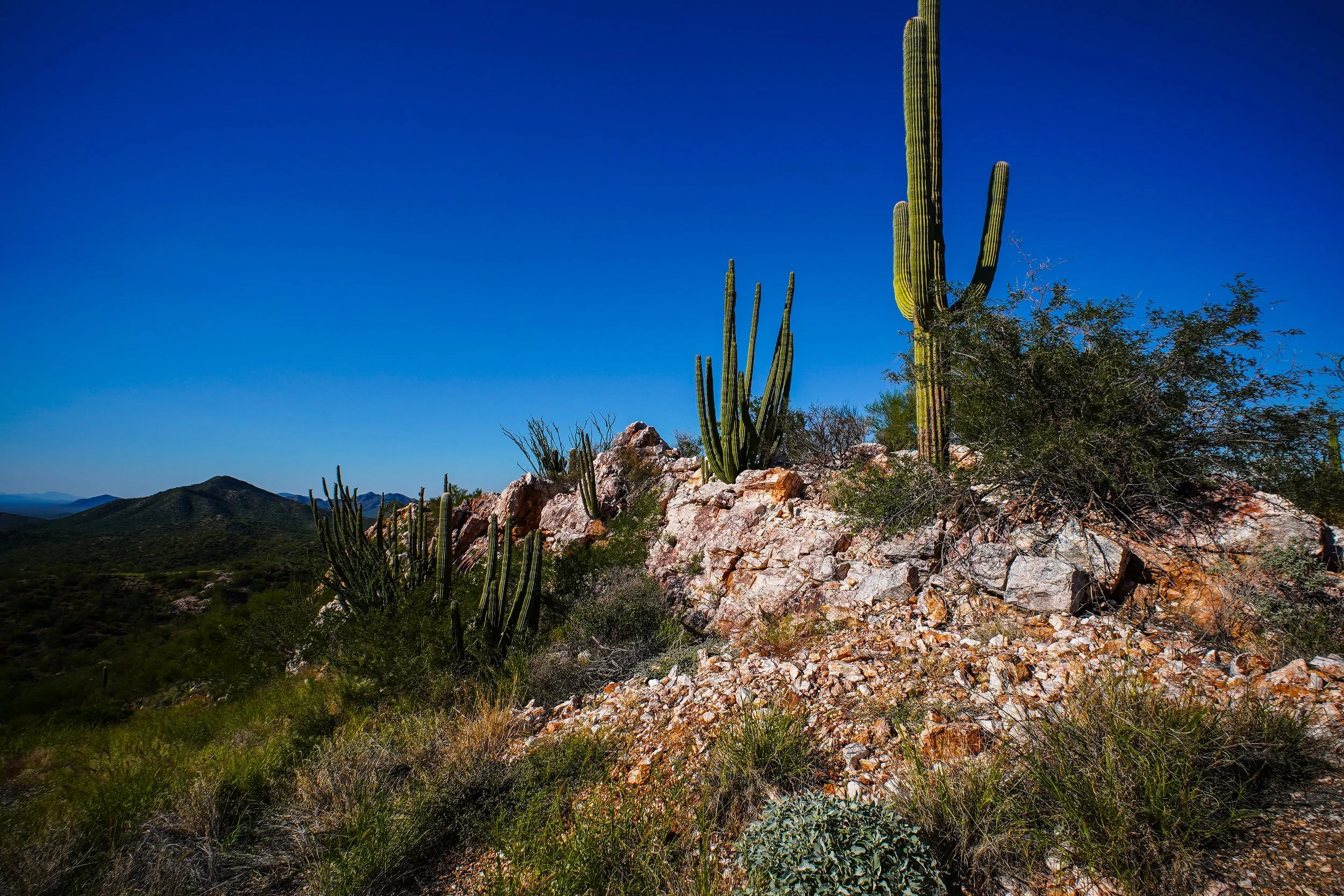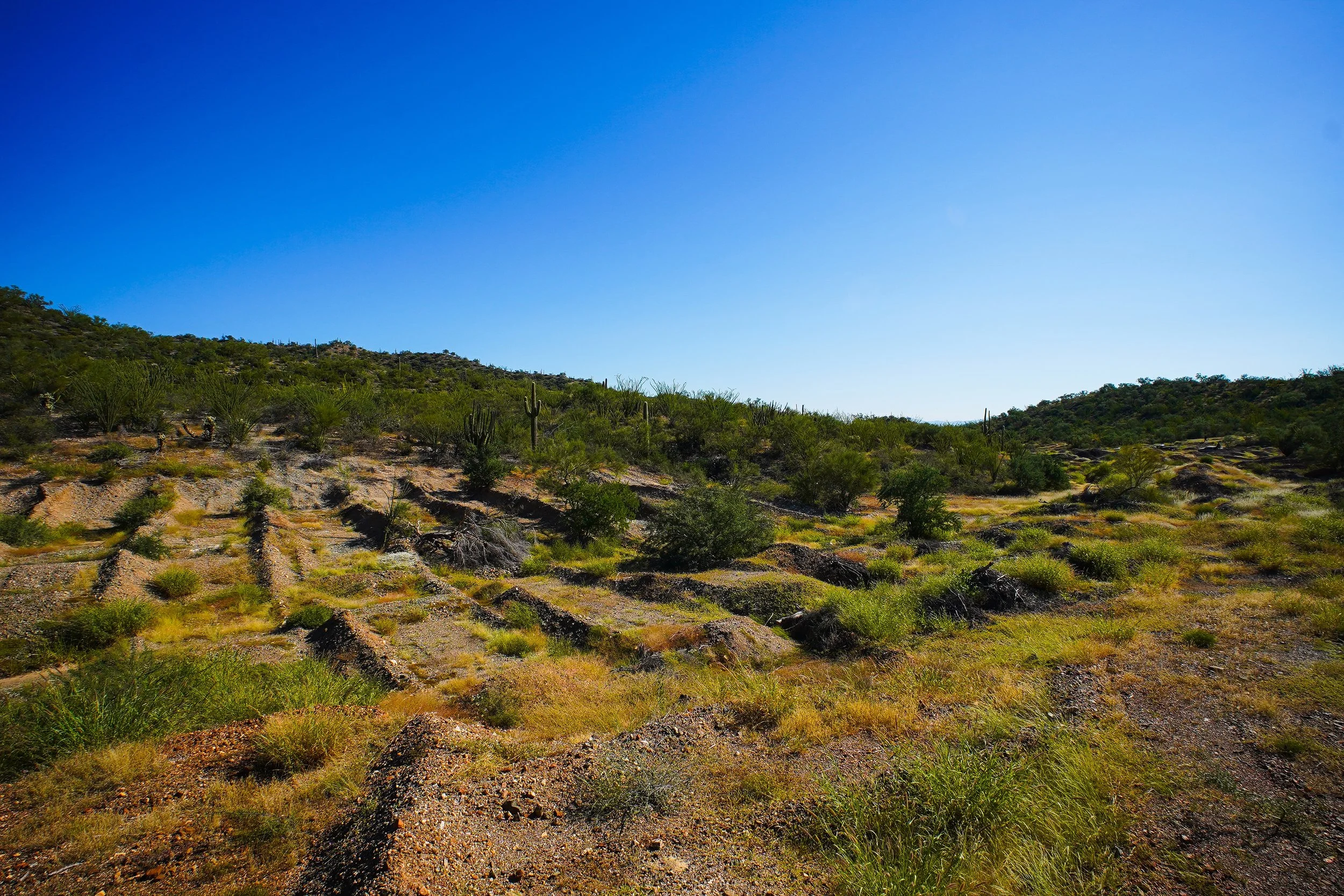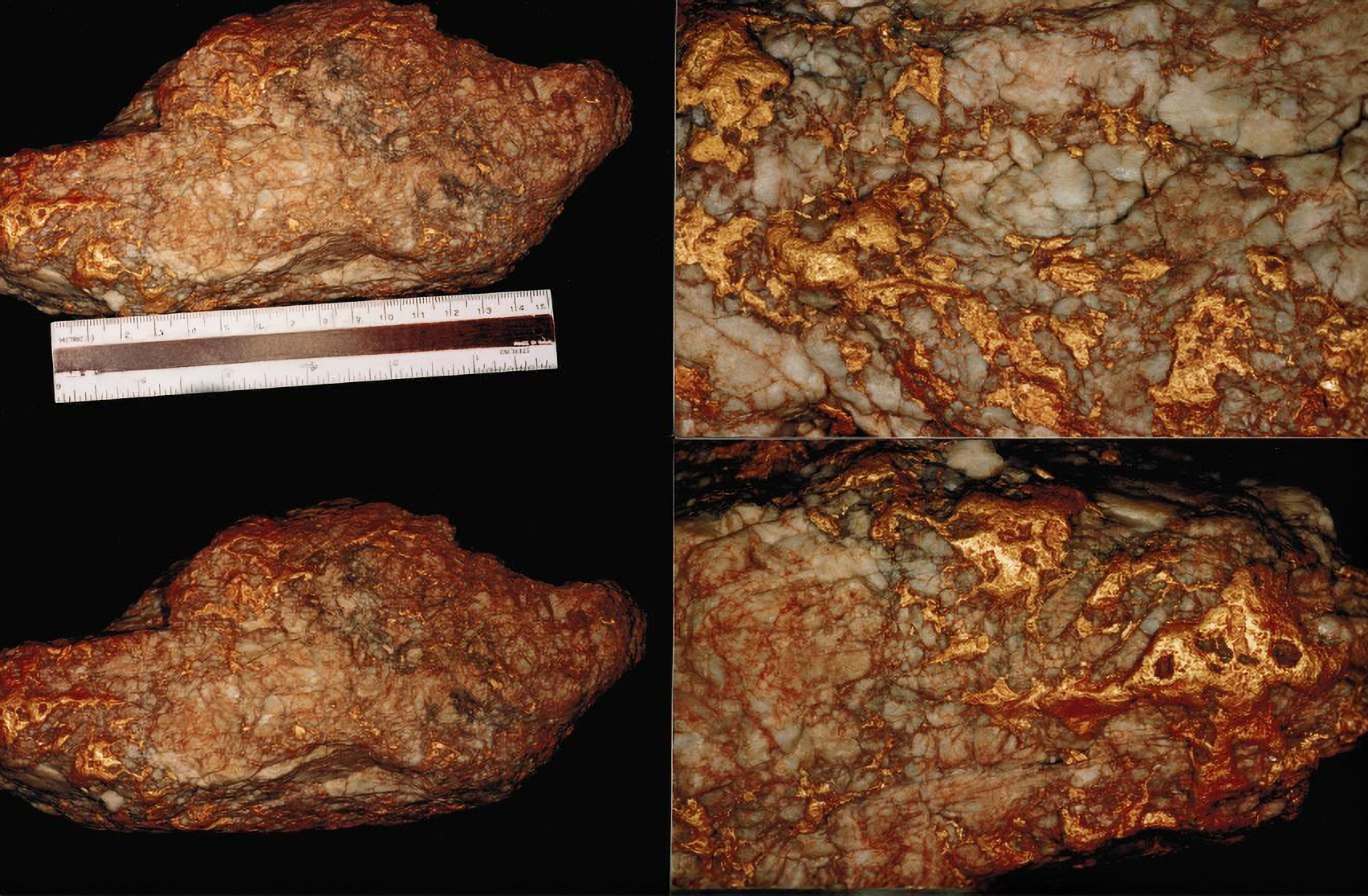FLAGSHIP PROJECTLa Ciénega
Located in Sonora’s Caborca Gold Belt, La Ciénega has been worked for more than 250 years, producing an estimated one million ounces of gold from its surface gravels. Today, this proven placer deposit still holds vast reserves—largely untouched by modern excavation technology—and is already in production with plans to scale rapidly.
Beneath the surface lies the even greater opportunity: a shear-hosted disseminated zone now being mapped and prepared for exploration—potentially the next major discovery in one of North America’s most prolific gold districts.

HISTORY & PROMISE
La Ciénega:
A Proven Prolific System
In the mid-1700s, Spanish explorers and settlers found gold in the dry riverbeds of northwestern Sonora. The Spanish Royal Official assigned to the area proclaimed, “The desert is sown with gold.” The discovery sparked what many historians consider to be North America’s first gold rush—decades before California or the Klondike. Over the next 250 years, generations of miners extracted an estimated million ounces of surface gold with primitive tools.
Now, for the first time, Veruna has aligned the modern exploration and extraction technologies needed to fully unlock La Ciénega’s potential.
Modern geological studies reveal a rare convergence of five deposit types—placer, vein, shear-hosted, disseminated, and Carlin-style. This combination, seldom found in a single district, gives La Ciénega extraordinary scale potential. Surface mapping, sampling, and early drilling confirm continuous mineralization across multiple zones, with both near-surface and deep-system opportunities.
Found on the ground at our La Ciénega mine in the early 2000s, this sample of quartz surrounded by gold – measuring more than 6” in length – demonstrates the high density of gold on the property.
VAST. PROVEN. IN PRODUCTION.
Placer Gold
Placer gold—loose particles of gold concentrated in surface gravels—has driven mining here for centuries. La Ciénega hosts vast placer deposits—more than 3,000 hectares proven—still rich with gold.
What makes La Ciénega unique is its origin: two separate gold-bearing systems feed its gravels. Over time, quartz veins rich in gold eroded, releasing coarse particles that mixed with dirt and gravel to form coarse gold placer deposits. In rare cases—such as at La Ciénega—an exposed disseminated zone also contributes fine gold to the placer. The result at La Cienega is an unusually high proportion of fine-grained gold—about 80 percent of the total—which significantly increases both recoverable volume and overall economic potential.
Veruna initiated modern placer extraction in August 2025, marking the site’s return to sustained production. With expanded capacity planned over the next 12–18 months, output is expected to grow substantially. For investors, this means immediate revenue and near-term scalability, with each phase of expansion directly accelerating returns.
THE BIGGER PRIZE BELOW
Shear-Hosted Disseminated Gold
Beneath the active placer system lies a vast shear-hosted disseminated zone—formed where a regional fault corridor intersects a powerful shear band, channeling gold-bearing fluids through the rock over millions of years.
Early work has identified three confirmed mineralized zones, with geological modeling indicating potential for several more. Initial estimates suggest 750,000 to 4 million ounces of contained gold, with substantial upside as exploration continues.
The next phase will focus on resource definition and NI 43-101 certification, providing verified data for investors and positioning La Ciénega as one of the Caborca Belt’s next large-scale, multi-zone gold discoveries.



